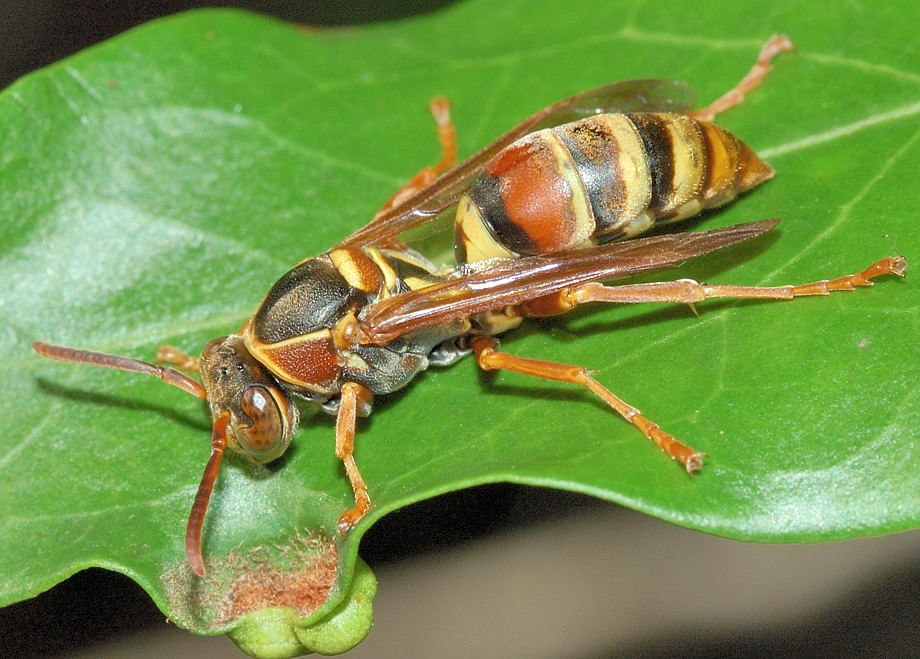
Communication tower climbers, grain bin workers, roofers and others with similar jobs that take them atop tall structures, may be uncomfortable and at risk, primarily due to the height at which they work, rather than the threat of being stung. It is common for a house that stands taller than others in the neighborhood, to have wasps swarming about while there are none at any of the neighbors' homes. Structures may be substitutes for tall trees or rock formations especially in relatively flat land. It is not totally understood why tall structures are attractive to the wasps or why they choose certain structures over others. Activity is usually associated with tall structures that might include the NASA launch pad towers, amusement park rides, grain storage structures, or transmission towers. Males locate a good perch on which to sit and become somewhat protective of this spot as they release odors (pheromones) to attract that certain special female wasp for mating.
#Paper wasp tv
Frequently, they are seen banging around the TV news cameras mounted atop buildings or bridges during the broadcast. Dozens or hundreds might be seen around the upper stories of a building, transmission tower or other tall structure ( Figure 2 and Figure 3). On these warm days during the fall, the future queens become active and fly about.

During the fall, this behavior is connected with mating and is the wasp version of "boy meets girl." Male wasps look for the best place to "hang out" and attract females. However, paper wasps show types of swarming behavior during the cool and cold times of the year when there are no nests and no young larvae to protect. In this nesting phase of their life cycle, paper wasps can be defensive and are likely to sting if the nest is disturbed. Paper wasps are best known for their open, grey paper nests built under an open porch ceiling, window sill or some type of overhang ( Figure 1).

Paper wasps eat a lot of insects (usually caterpillars) and should be considered beneficial to the landscape most of the time.


 0 kommentar(er)
0 kommentar(er)
